CONTENT
- 1 Advantages and disadvantages of an infrared heater
- 2 The principle of operation of an infrared heater
- 3 Why do you need a thermostat
- 4 Types of infrared heaters by design and arrangement
- 5 Types of energy used for infrared heaters
- 6 How infrared heaters differ by heating element material
- 7 How to choose an infrared heater for a summer residence - our editorial team's recommendations
- 8 The best models of infrared heaters for summer cottages
- 9 Are infrared heaters harmful to health?
- 10 Installation rules for infrared heaters
- 11 Video: Types of infrared heaters
Advantages and disadvantages of an infrared heater
The positive and negative sides of this type of heaters are determined by their design and method of transferring thermal energy, regardless of the place and mode of their use. The advantages of IR emitters are such indicators as:
- noiseless operation;
- when used, oxygen is not burned in a heated room;
- long service life;
- variety of performance types;
- environmental friendliness;
- ease of installation, connection and maintenance;
- the possibility of using it as a directed source of thermal energy;
- fire safety;
- energy efficiency (with a thermostat);
- provide uniform heating;
- the ability to use in automatic mode of operation both as the main element of the heating system, and in conjunction with other heating devices.
Among the disadvantages of such devices, the following indicators should be noted:
- high price;
- when working without a thermostat, they consume a significant amount of electrical energy, which leads to an increase in costs associated with paying bills for its use;
- long-term exposure to a person can negatively affect his health;
- when using devices that include infrared lamps, they can cause unpleasant associations in the dark, associated with the glow of red.
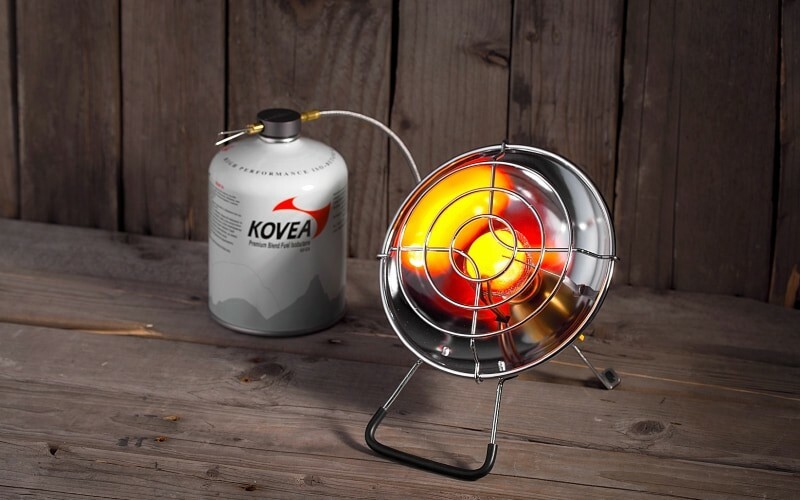 Gas heater for summer cottages.In a special publication of our portal, we will tell you in detail about gas heaters for summer cottages. You will learn the advantages and disadvantages of cylinder gas heaters, the field of application of cylinder gas heaters, the main types, prices, main manufacturers and user reviews.
Gas heater for summer cottages.In a special publication of our portal, we will tell you in detail about gas heaters for summer cottages. You will learn the advantages and disadvantages of cylinder gas heaters, the field of application of cylinder gas heaters, the main types, prices, main manufacturers and user reviews.
The principle of operation of an infrared heater
The work of an infrared heater is based on the effect of infrared rays on pieces of furniture and elements of building structures in the zone of their radiation at the molecular level. When voltage is applied to the IR device, the device begins to emit rays in the infrared range, which do not affect the surrounding air, fall on objects within its reach.
Under the influence of these rays, the molecules of the materials on which they hit are set in motion, which provokes heating and an increase in temperature on their surface. The heat energy released by materials and structures when heated is transferred to the air around them. The operation of an infrared heater is schematically shown in the following figure.
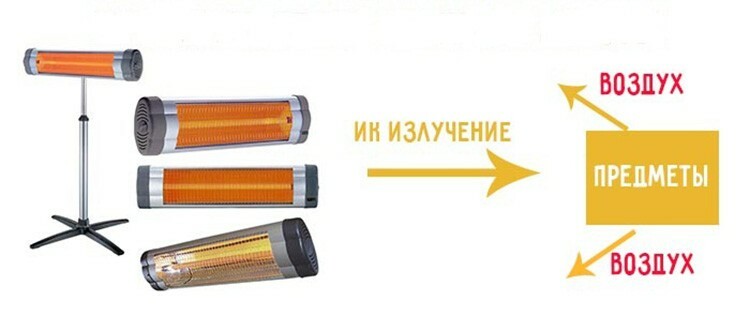
Why do you need a thermostat
A thermostat is a device for monitoring and controlling the operation of a heating system, regardless of the type of energy used and the installation method. The main function performed by such a device is to control the operation of heating devices in automatic mode in accordance with the set parameters of the air temperature in the heated the room. When used with electrical models, the thermostat turns on or off the power supply to the heater terminals in accordance with the temperature sensor data and the set parameters.
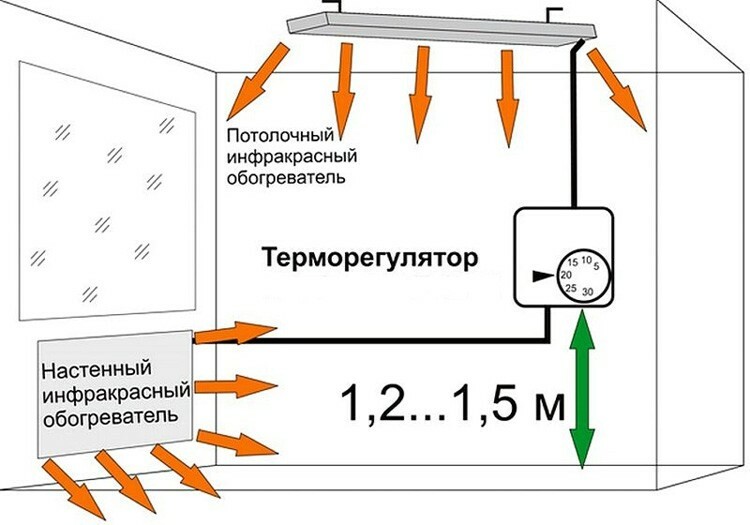
When using gas fuel as a source of energy, the principle of operation is similar, with that the only difference is that when the set temperature is reached in the heated room, the gas. Resumption of supply and ignition occurs when the temperature drops below the set values.
Types of infrared heaters by design and arrangement
Due to their positive qualities, devices of this type are in strong demand among different categories of users, which pushes manufacturers to release new models that differ in their technical characteristics and options installation. Currently, infrared heaters are of wall and ceiling design, floor and outdoor installation, as well as in the form of a special film used in "warm floor" systems.
Wall mounted IR heaters
This type of device assumes installation in a vertical plane on the surface of a wall and other building structures.
Depending on the type of energy used, heaters of this type can be electric or gas, in the form of a monolithic plate or with a source (lamp) of infrared radiation. Monolithic (slab) models are distinguished by a significant mass, therefore, they cannot be installed on non-capital (strong) structures. Some models are equipped with a built-in thermostat or are supplied without it.
Ceiling IR Heaters
This type is intended for installation in a horizontal plane and involves installation on the ceiling of a heated room. Manufacturers produce models of this type that run on gas fuel and electric energy, with and without a built-in thermostat.
Externally, ceiling and wall models are similar, the only difference is in the method of attachment to building structures. Ceiling heaters are not available in a monolithic (slab) construction due to their significant weight. Another feature of this type of models is the complexity of their installation in rooms with low ceilings, which is associated with the need to comply with sanitary standards in rooms where people are. In this regard, infrared emitters of this type are used quite rarely for heating summer cottages and other suburban real estate.
FOR YOUR INFORMATION!
The distance from the infrared heater to a person must be at least 1 meter.
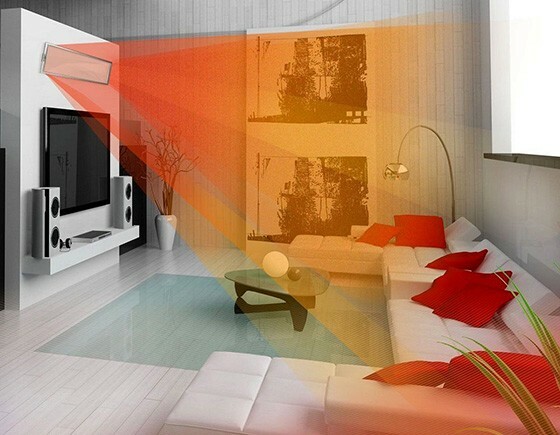
Floor standing infrared heaters
This type of devices is also called mobile heaters, because their design assumes the ability to move around the heated room. For this, wheels or special stands (tripods), legs or other structural elements are provided.
As a rule, all such models have a remote control, which makes them easy to use.
Film infrared "warm floor"
This type of heaters, although it appeared relatively recently, is nevertheless popular among users. Structurally, a film IR emitter is a flexible design in which a heating element is placed between layers of a film made of polymer materials. The heating element can be of carbon (carbon / graphite) or bimetallic (copper / aluminum) type.
Types of energy used for infrared heaters
As already described above, infrared heaters can operate on gas fuel and electrical energy. Gas models are used in industrial facilities, as well as in large public and administrative buildings. This is due to their design and safety rules when using gas equipment. However, this type of heater also has its advantages - they can be used outdoors and where there is no electricity. For household use, and especially for heating a summer cottage, the most convenient devices are those operating from a conventional electrical network with a voltage of 220 volts.
How infrared heaters differ by heating element material
Different types of heating elements can be used in different models of IR heaters:
- carbon - carbon fiber is placed in a quartz tube;
- quartz - the heating element is made of tungsten and placed in a quartz solution or quartz glass;
- halogen Is a vacuum lamp, into the interior of which an inert gas is injected.
Equipment manufacturers initially determine which type of heating element can be used on a particular appliance model.
How to choose an infrared heater for a summer residence - our editorial team's recommendations
There is a wide selection of models on the market of household appliances intended for heating houses and summer cottages, so it can be difficult for an ordinary user to choose the right heater the first time.
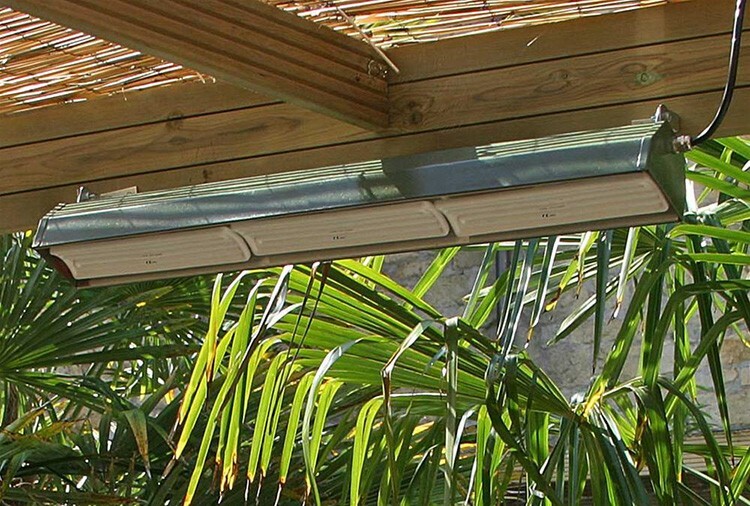
In this case, specialists in this area of knowledge come to the rescue, who are also in our editorial office. Here's what they recommend to pay attention to when choosing an infrared heater for a summer residence, namely:
- Initially, you should decide on what type of fuel the device will operate on.
- Think over the mode of operation, both during the year, season and month, and throughout the day - this will allow you to calculate the economy of use.
- Decide on the power of the heater and its control system.
- Select the type of heating element used in the device, because this is reflected in its efficiency and ability to quickly heat the room, as well as its impact resistance.
- Consider the installation location of the heater.
The best models of infrared heaters for summer cottages
The following table shows the best models of infrared heaters, according to user reviews, systematized by our editorial staff and divided into several categories. And also the current prices are indicated. All of the above models can be used to heat a summer cottage or a country house.
| Model | Category | Specifications | Average price (as of May 2018), rubles | Assessment according to the editorial board Tehno.guru, points |
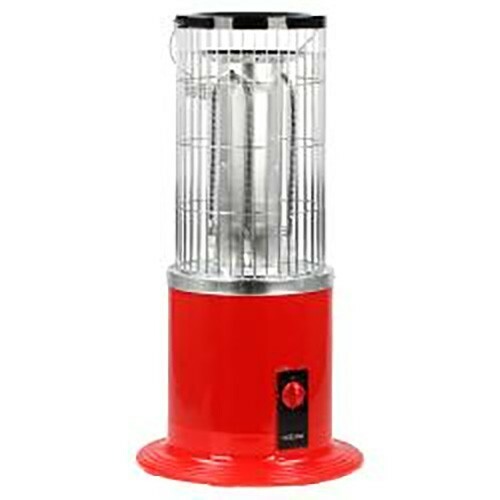 | Floor standing |
| 5 000 | 9,9/10 |
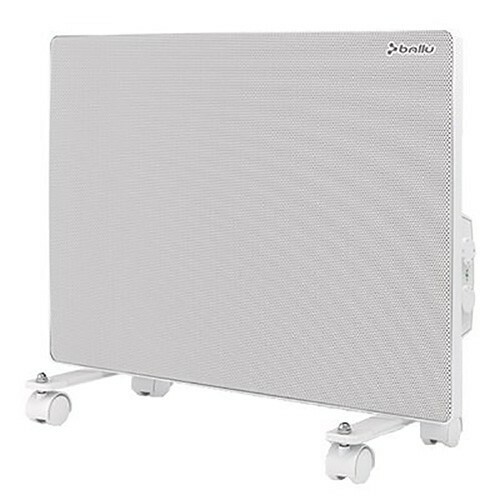 |
| 4 300 | 9,7/10 | |
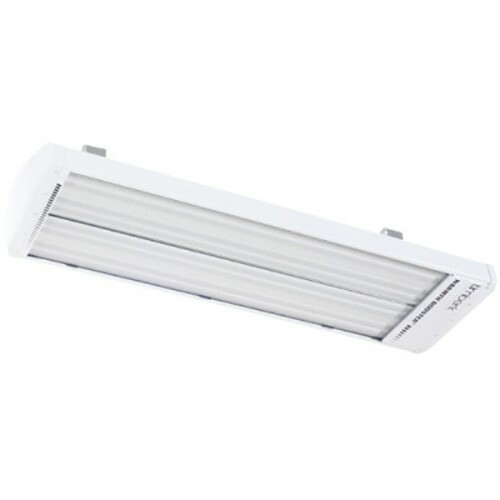 | Ceiling |
| 4 500 | 9,9/10 |
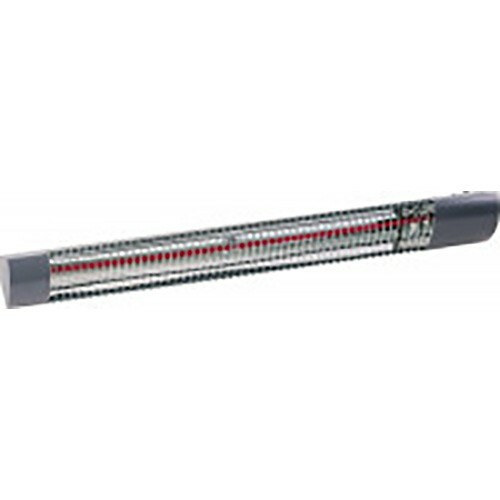 |
| 9 700 | 9,8/10 | |
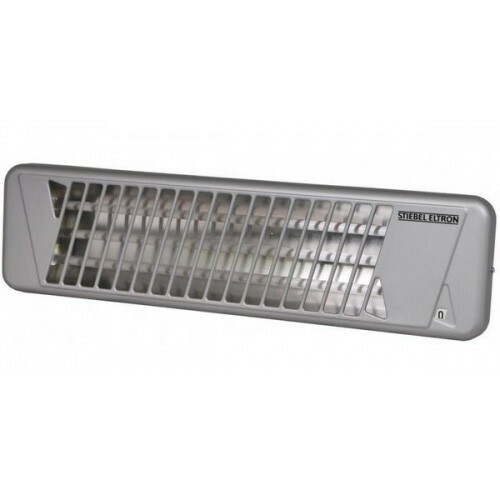 | Wall mounted |
| 6 000 | 9,8/10 |
 |
| 5 300 | 9,6/10 | |
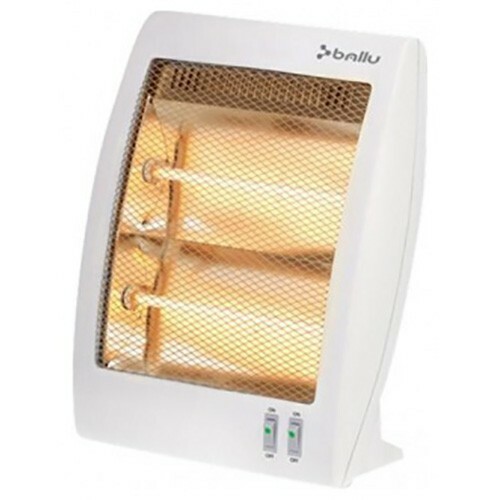 | Portable |
| 800 | 9,9/10 |
 |
| 2 500 | 9,8/10 | |
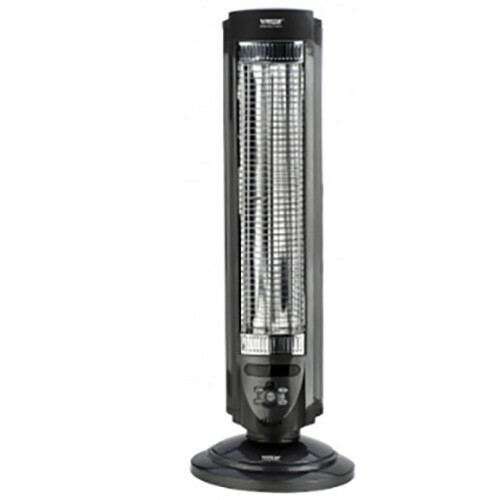 | For giving |
| 5 600 | 9,9/10 |
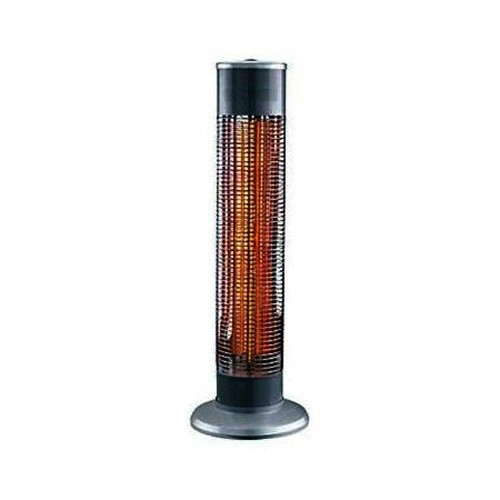 |
| 4 300 | 9,7/10 |
Are infrared heaters harmful to health?
The effects of infrared rays on human health have been studied by scientists, physicians and technicians in many countries of the world, and it was found that, under certain conditions, their impact can lead to negative consequences. The negative effects are especially clearly manifested with prolonged irradiation of the skin, which causes overdrying of the skin, and with especially prolonged exposure, it can cause its redness. Direct exposure to infrared rays causes damage to the retina and lens of the eye, which can lead to cataracts.
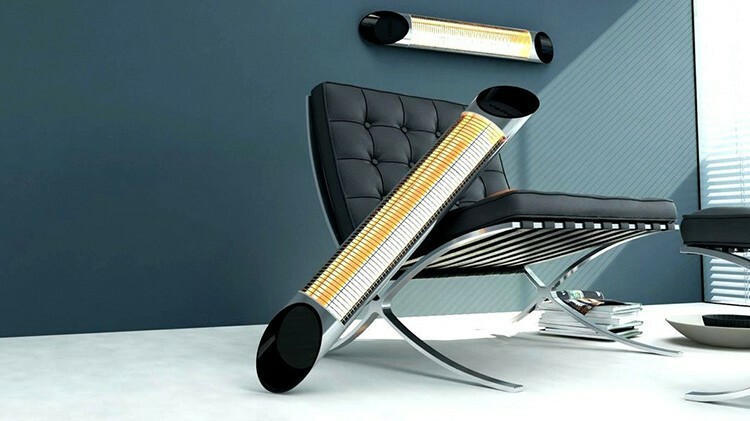
Installation rules for infrared heaters
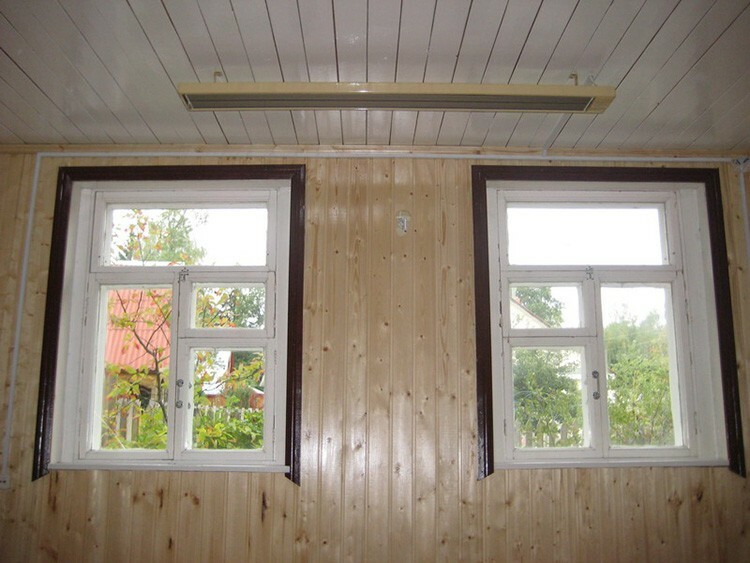
For each specific model, manufacturers describe the installation rules in the operating instructions for the device, however, for all types of infrared heaters there are general rules that can be formulated as follows way:
- In rooms with a height of up to 2.5 meters, it is recommended to use heaters with a capacity of up to 0.6 kW, with a height of 3 meters - up to 1 kW and more powerful, where the ceiling height is more than 3 meters.
- To connect electrical models, separate power groups are used, coming from the power electrical cabinet.
- All devices must be grounded, and if it is impossible to perform grounding, they must be grounded (requirements of the Electrical Installation Rules).
- To fasten the heaters to building structures, the fasteners supplied with the device are used.
- In the presence of a thermostat, it is installed at a height of 1-1.5 meters from the floor level, in an area where the rays emanating from the heater do not fall.
Each user can independently install the infrared heater.
However, when using several devices at the same time, especially if these are devices operating on gas fuel, it is better to turn to professionals who can perform reliable and high-quality mounting. Which of the proposed models is better, each user decides purely individually, and feedback from real owners and expert advice can provide assistance.
Video: Types of infrared heaters
https://youtu.be/nC5lBQBgXHw
